Only three days before he was killed in an Israeli strike on Sanaa, the Houthi Minister of Labor and Social Affairs Samir Bajala was photographed distributing aid provided by the United Nations High Commissioner for Refugees (UNHCR). This was not an isolated incident but part of a persistent pattern of aid theft and diversion by the Houthi regime. While kidnappings and detentions of aid workers by armed militia members remain common, the regime’s extortion of resources usually does not take place at gunpoint. Instead, assistance is siphoned off through layers of bureaucratic arrangements that enable the regime and its allies to skim or redirect aid on a massive scale. Centralizing this diversion at the top has proved far more efficient than attempting to extort individual beneficiaries after aid trickles down. Once the international community began to catch on, both the Houthis and the UN/INGO (international non-governmental organizations) system appeared to shift into a game of “musical chairs,” shuffling positions and responsibilities in order to preserve a dangerous and mutually beneficial relationship.
Despite repeated pledges of reform from the UN/INGOs, aid agencies seem to have made little progress in reducing the risk of aid diversion in Houthi-controlled Yemen. This failure raises significant questions about whether effective aid distribution in Gaza is feasible while another Iran-backed terrorist group, Hamas, remains in control of the territory.
Before explaining how the humanitarian assistance landscape in Yemen has shifted, it is important to outline how the system functioned in Houthi-controlled areas over the past decade. In practice, all aid operations in these areas were placed under the authority of the Supreme Council for the Management and Coordination of Humanitarian Affairs (SCMCHA) or its predecessor organizations. SCMCHA ensured that humanitarian activities in northern Yemen served the regime’s interests: It directed resources to loyalists or even regime ministries, sold aid on the black market for profit, and monitored local contractors involved in aid delivery to prevent exposure. Most recently, the council was run by longtime, hardline Houthi loyalists Ahmed Hamed and Abdelmohsen Tawoos, with the backing of the coercive power of the regime’s Security and Intelligence Service (SIS) to ensure compliance.
Between 2014 and 2024, tens of billions of dollars were funneled into humanitarian aid projects in Yemen. Most of this aid was delivered to areas under Houthi control, as they are home to the majority of the country’s population. Aid organizations presented ever-growing demands for funding as the only way to stave off a humanitarian catastrophe in Yemen. Yet buried deep in some of their own audits was an uncomfortable truth: most, if not all, of the major players delivering aid to northern Yemen had no idea who was actually receiving the aid. Many documented, in ways that obscured the fact from public view, that their own evaluation and monitoring systems were broken.
To compensate for this fact, the organizations adopted a crude metric to present their activities to the public. If they had shipped enough aid to support 10 million people, they claimed to have helped 10 million people. Meanwhile, they presented information as if it were accurate down to the last detail, with the WFP claiming it had assisted 2,293,356 people with disabilities in 2023, an estimate the organization may not even be able to verify within several orders of magnitude. The difference is not a technicality; it is fundamental. Massive quantities of aid are diverted to reinforce the brutal Houthi regime which does not help Yemenis but ensures their continued repression under a kleptocratic and totalitarian government.
In recent years, humanitarian assistance in Yemen has come under increasing scrutiny for several reasons. First, the deadly Houthi attacks on international shipping and Israel since 2023 drew greater global attention to the group and its resources for funding its war machine. Second, revelations about the links between Hamas and UNRWA, which suggested that the terror group had practically co-opted the agency, raised broader concerns about the activities of the UN and international NGOs operating in territories controlled by Iran-backed terrorists. Third, the relentless UN/INGO refrain that Yemen was “on the brink” unless billions of dollars were immediately poured into the country may have fueled not only donor fatigue but also suspicion about how effectively the billions of dollars allocated in previous years were used.
Suspicions proved well-founded, as Houthi diversion of aid was widespread. Some of the most egregious cases saw UN affiliates conducting procurement directly for SCMCHA, the very Houthi body orchestrating the diversion of aid. In other instances, the UN paid exorbitant salaries to Houthi leaders, presumably to maintain what little “access” they needed to justify continued funding. Evaluation and monitoring were contracted out to local organizations to create the impression that steps were taken to mitigate their dysfunction as well as to distance UN/INGOs from the problems relating to lack of oversight in aid delivery. In retrospect, the outcome was predictable: channeling resources into a corrupt and broken state, funneled through areas controlled by a totalitarian terrorist group, and managed by organizations with no real “skin in the game” was highly unlikely to succeed.
Throughout 2023, the Houthis and the World Food Programme (WFP) attempted to negotiate the retargeting of aid beneficiaries for the General Food Assistance (GFA) program in Houthi-controlled areas, but they failed to reach an agreement. This failure was presumably due to their diametrically opposed interests:while the WFP sought to feed Yemen’s neediest, the Houthis sought to provide to those most loyal to them. In December 2023, the WFP announced it would suspend GFA in northern Yemen, citing “limited funding and the absence of an agreement with the [Houthi] authorities.” This decision was highly significant: WFP was the largest UN/INGO operation in Yemen, and GFA was its flagship program, channeling between half a billion and one billion dollars annually into Houthi-controlled areas alone. Notably, while WFP was pushed to scale back aid because the Houthis refused to allow unimpeded delivery to Yemen’s poorest, UN agencies and INGOs refrained from openly blaming the Houthis. This silence is difficult to reconcile with earlier statements by the UN Secretary-General, who had stressed that humanitarian aid to Yemen could mean “the difference between life and death.”
It is worth noting that this is not the first time the WFP has suspended its operations in Houthi-controlled areas in protest of the group’s interference with aid delivery. A similar suspension occurred in the summer of 2019 when activities in Sanaa were halted for two months. Deliveries resumed only after the Houthis ostensibly agreed to allow enhanced UN and INGO oversight to curb diversion. In practice, however, this agreement had little effect, as large-scale aid diversion continued in the years that followed. Interestingly, it was only a few months later, in November 2019, that NAMCHA rebranded itself as SCMCHA in what was likely an attempt to shed some of the reputational baggage associated with its role in diverting aid.
In 2024, the year after the WFP suspended GFA in Houthi-controlled areas, events unfolded in a way that echoed the crisis of 2019. According to its annual report, in July-August the WFP initiated “an ad-hoc Rapid Emergency Response (RER) operation (designed to alleviate the most severe impacts of the pause) [which] served as a proof of concept for geographically targeted food assistance at scale, as well as WFP’s augmented monitoring strategy in [Houthi]-controlled areas.” In October 2024, the Houthis rebranded their aid diversion apparatus by disbanding SCMCHA and reallocating its functions to the group’s unrecognized Ministry of Foreign Affairs (MFA) and Ministry of Labor and Social Affairs (MLSA). Just weeks before this shift, senior Houthi intelligence official Abdelwahed Aburas was reassigned to serve as deputy foreign minister. This shift appears to have been accompanied by bureaucratic changes that reduce the visible Houthi footprint in aid delivery. For example, rather than requiring local contractors to register with SCMCHA, the new rule obligates them to maintain a headquarters in Sanaa, a measure that informally enables Houthi surveillance and control. Then predictably, by November 2024, WFP announced it had “resumed regular food assistance in [Houthi]-controlled areas (home to almost three-quarters of the food-insecure population).”
But this was not the beginning of a more cooperative chapter between UN/INGOs and the Houthi authorities. It instead marked the renewal of Houthi opportunities to extort humanitarian organizations and extract resources from them. The warning signs were clear: Even as the WFP resumed and scaled up food distribution, Houthi forces continued raiding UN offices and detaining staff. Within two months of the WFP’s announcement to restore regular food assistance, the Houthis had not only failed to release previously detained UN/INGO employees but had also taken additional staff members hostage. The following month, a WFP staff member died in Houthi custody, and WFP’s initial response avoided naming the regime responsible. Two months later, Houthi fighters stormed WFP warehouses in Saada and looted millions of dollars’ worth of supplies. In response, the WFP declared it would suspend aid operations in Saada and halt food shipments into Houthi-controlled areas.
As of now, it remains unclear to what extent WFP’s claimed reforms and responses to Houthi violations are still in effect and what impact they are having on the persistent problems of aid diversion. Yet the public still has little visibility into how effectively WFP is managing its vast budget in Yemen; its most recent publicly available audit covers only 2021. This lack of transparency is striking, especially in light of the significant changes the WFP claims to have implemented following its 2024 pilot program to retarget aid. More likely, such claims amount to more bluster, consistent with a decade of promises to improve evaluation and monitoring of aid delivery in Houthi-controlled Yemen, paired with a consistent failure to deliver, despite the enormous resources at the WFP’s disposal.
Still, the WFP has the gall to continue demanding additional donations by warning that without further support “more lives in Yemen will be at risk.” Potential donors to the WFP and other organizations operating in Yemen without proper oversight or transparency should recognize that, in the absence of effective monitoring, their contributions risk being diverted by the Houthis to purchase weapons used to kill Yemenis, attack sailors in the Red Sea, or target Israelis. Or worse yet, based on the UN’s recent procurement documentation, the WFP may actually just hand over donor funds directly to Houthi affiliates in exchange for fuel imported through the Houthi-run port of Hodeidah.
After more than a decade of failing to verifiably deliver aid to Yemenis and misrepresenting its activities to the public, the latest round of WFP reforms looks less like genuine change and more like a game of “musical chairs” designed to obscure the persistent problem of aid diversion rather than address it. These resources not only fail to reach Yemenis in desperate need, but under Houthi control they have become a powerful form of leverage over the population at a time when northern Yemen’s economy is imploding. The tragic reality is that continued funding for activities such as the WFP’s so-called “unconditional resource transfers” in Houthi-controlled areas is not merely a poor investment, but a policy that perpetuates a threat to global security.
JISS Policy Papers are published through the generosity of the Greg Rosshandler Family.
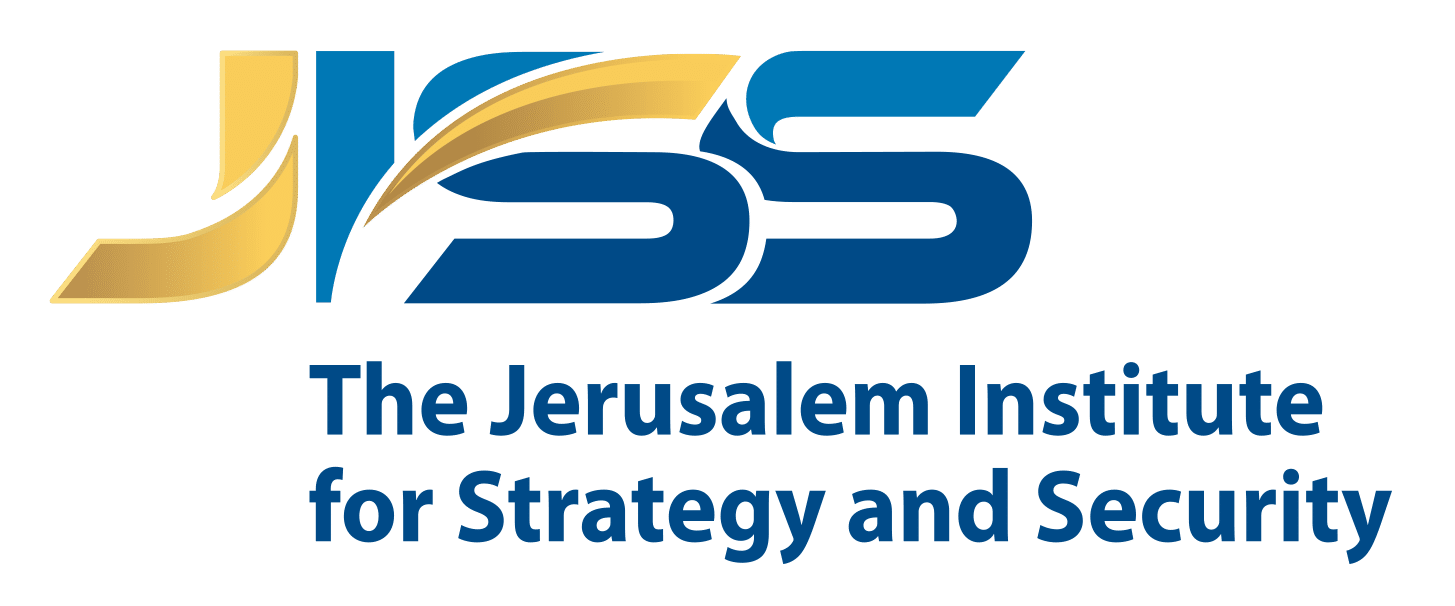
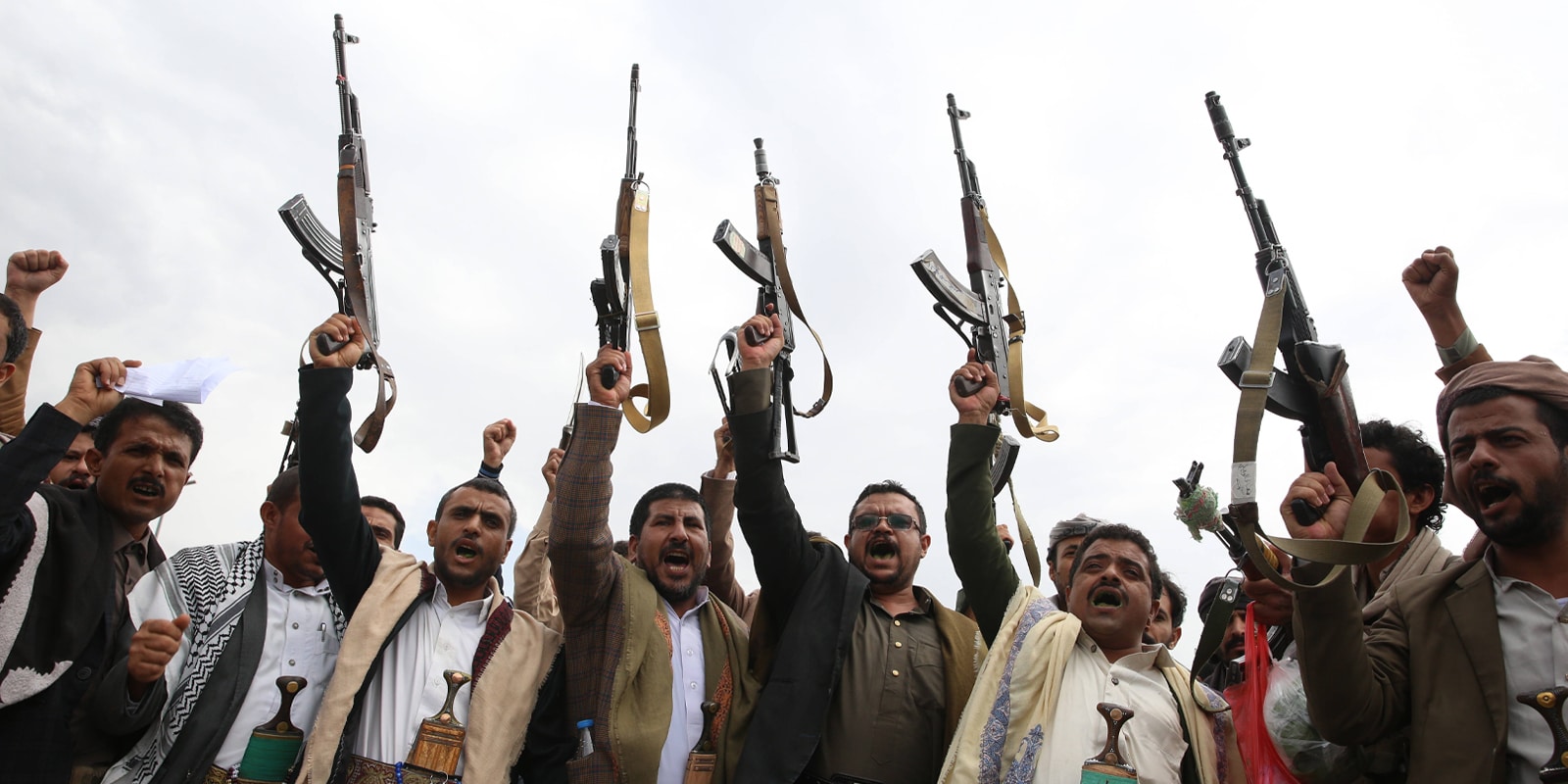






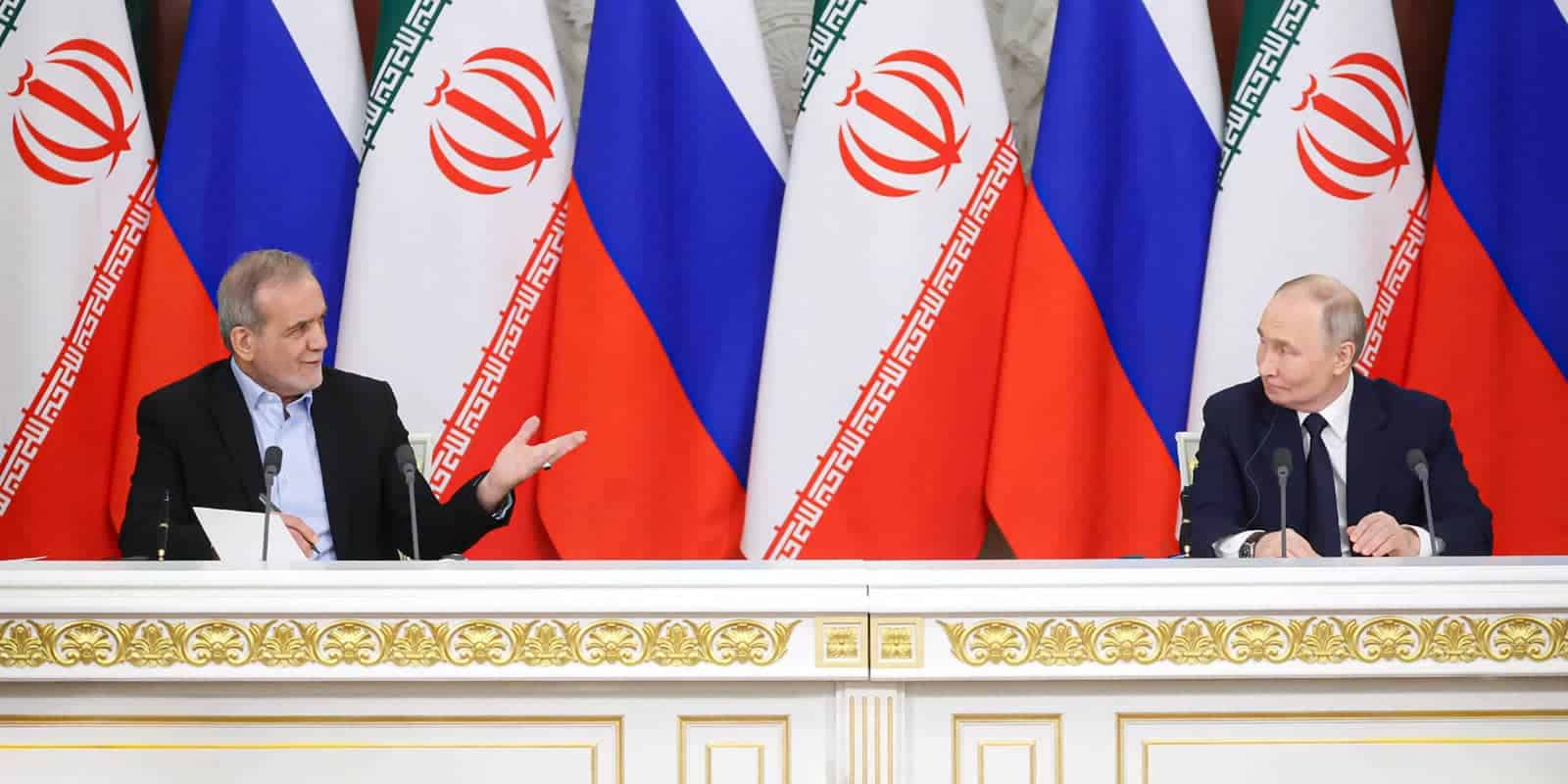
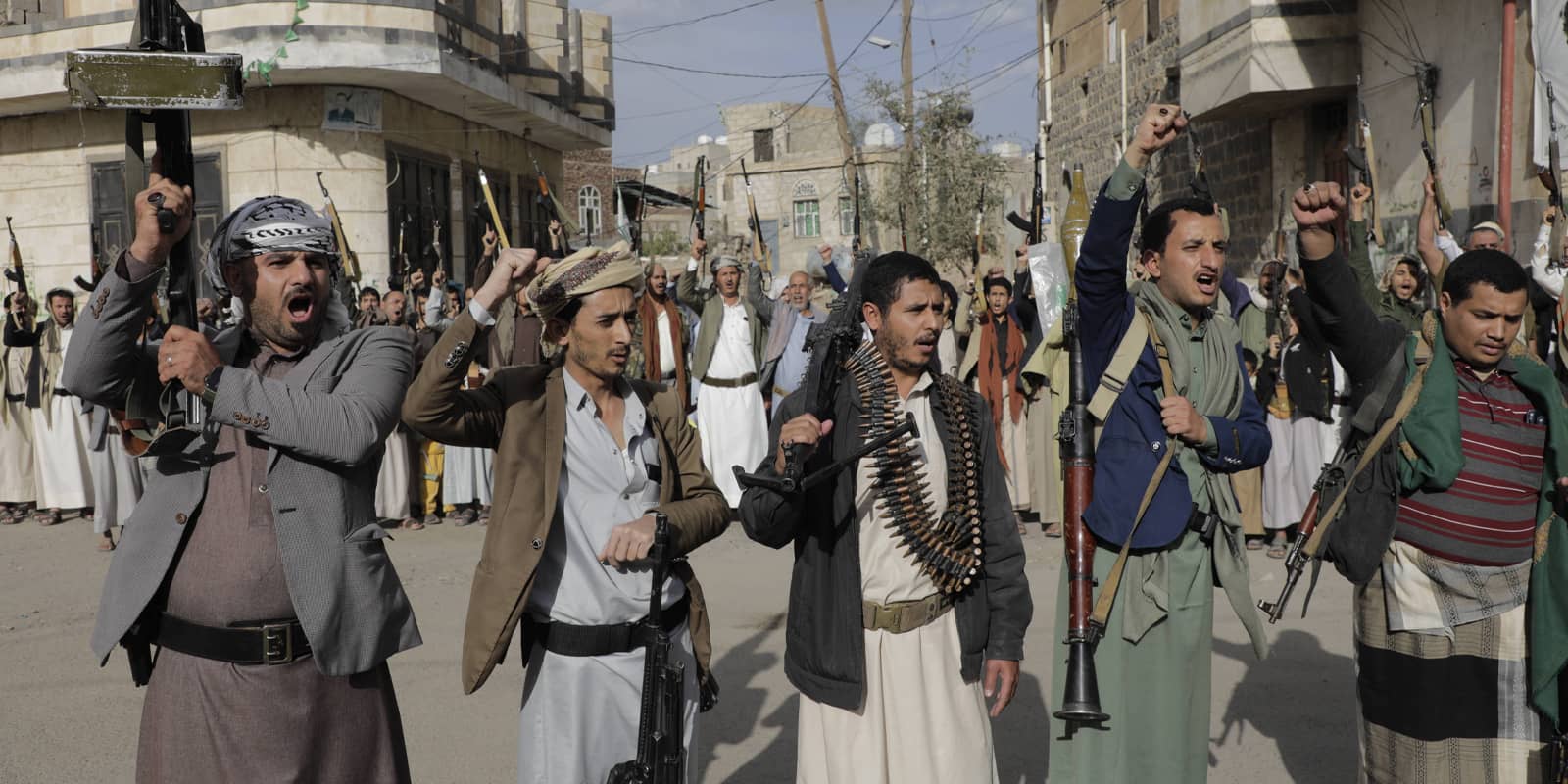
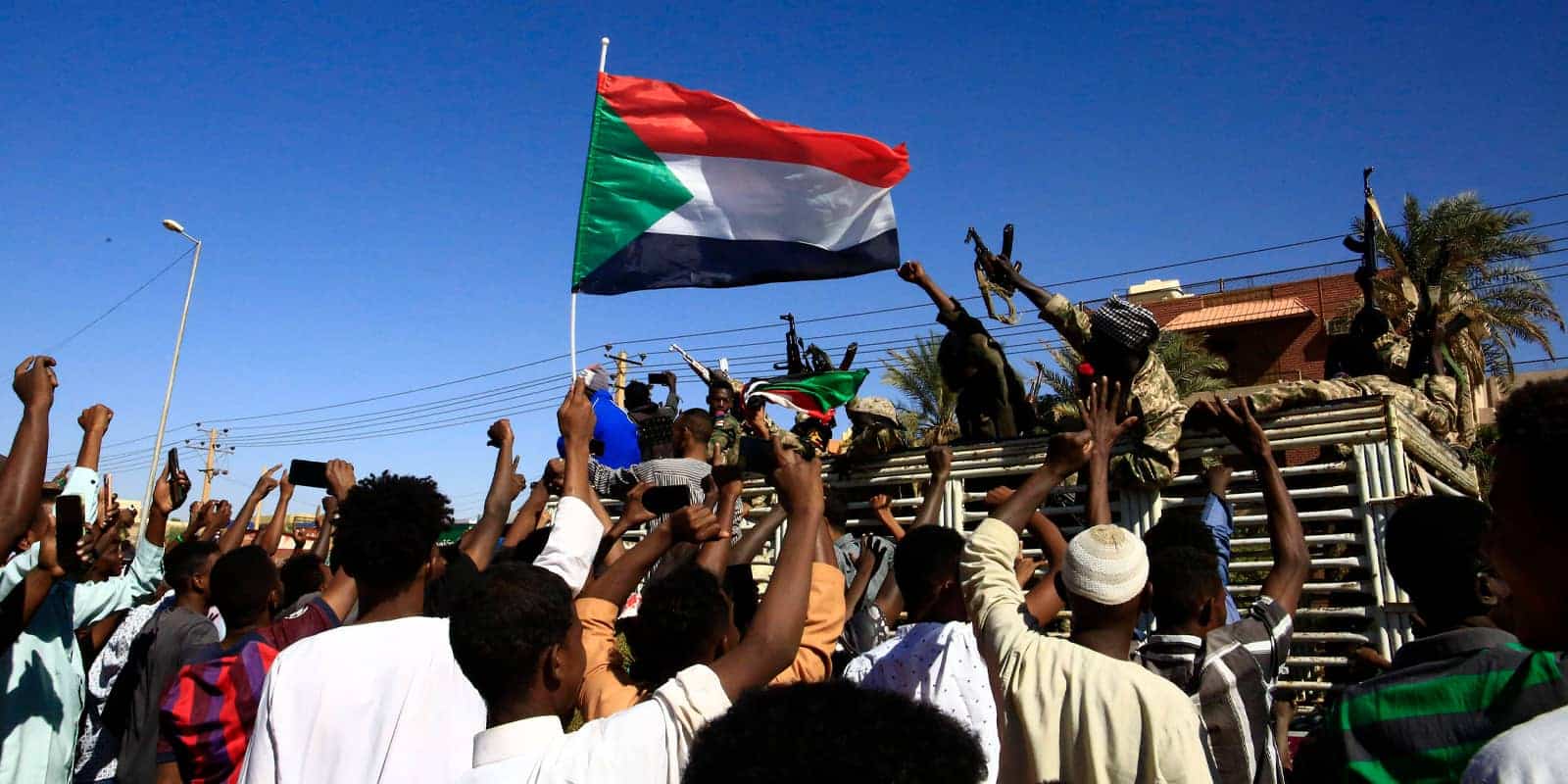


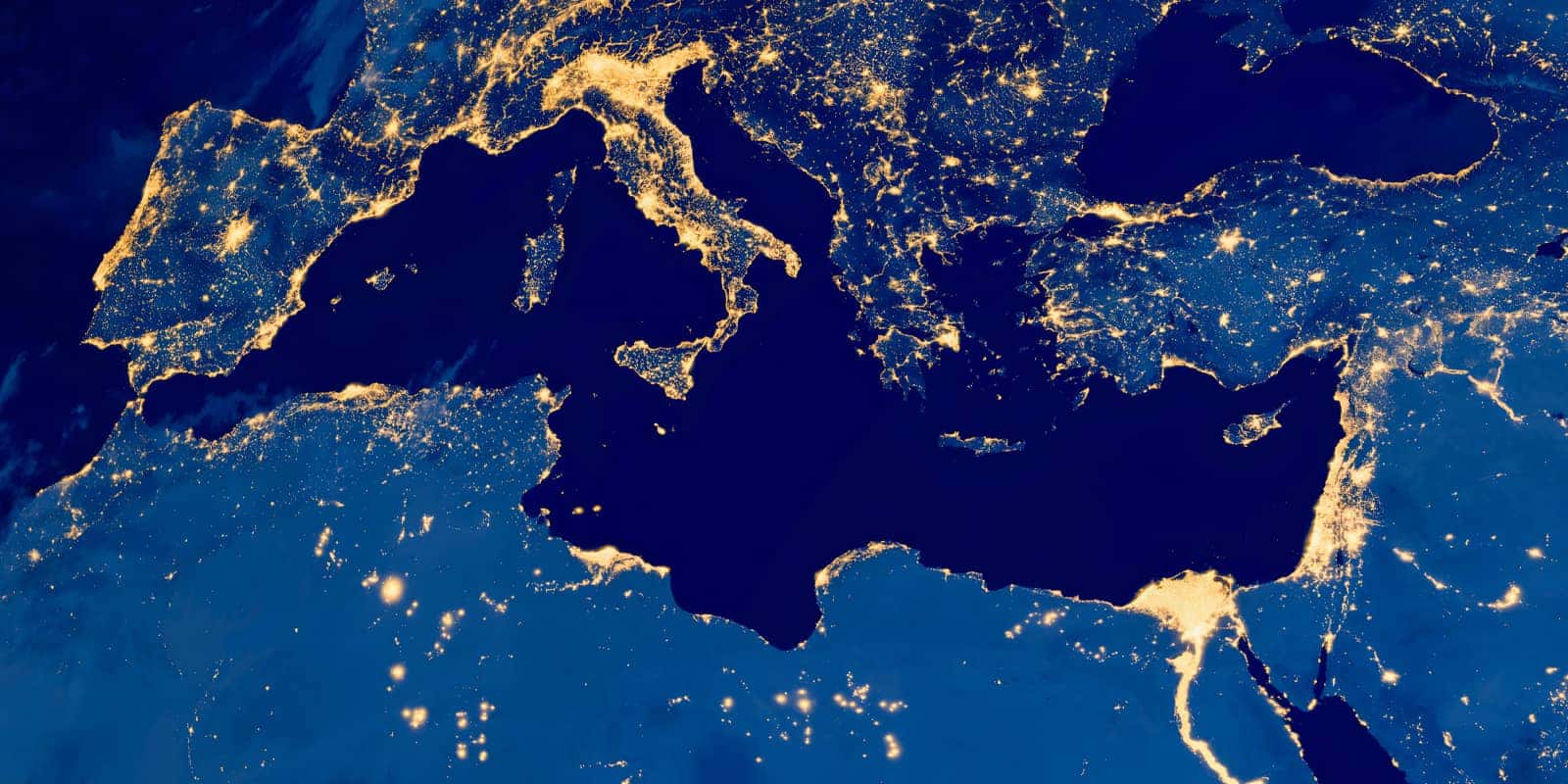

Israel’s Veteran Peace Partners: The Role of Egypt and Jordan in the Context of Trump’s Gaza Plan